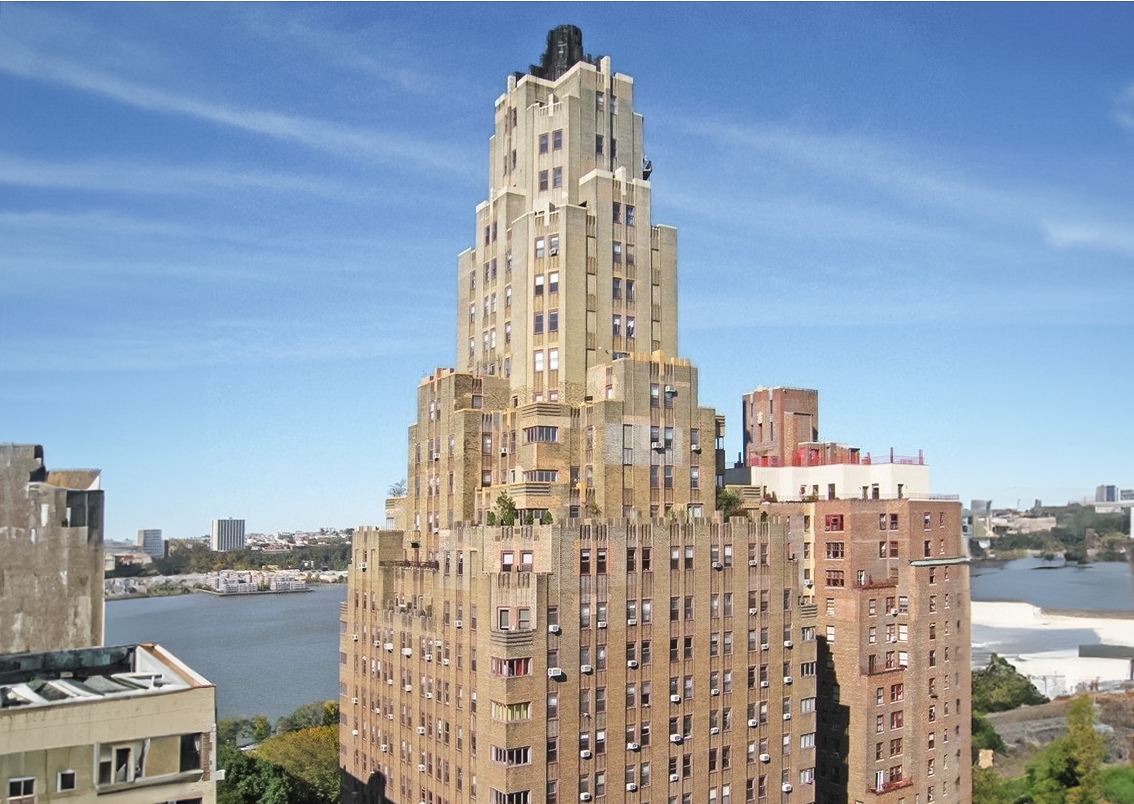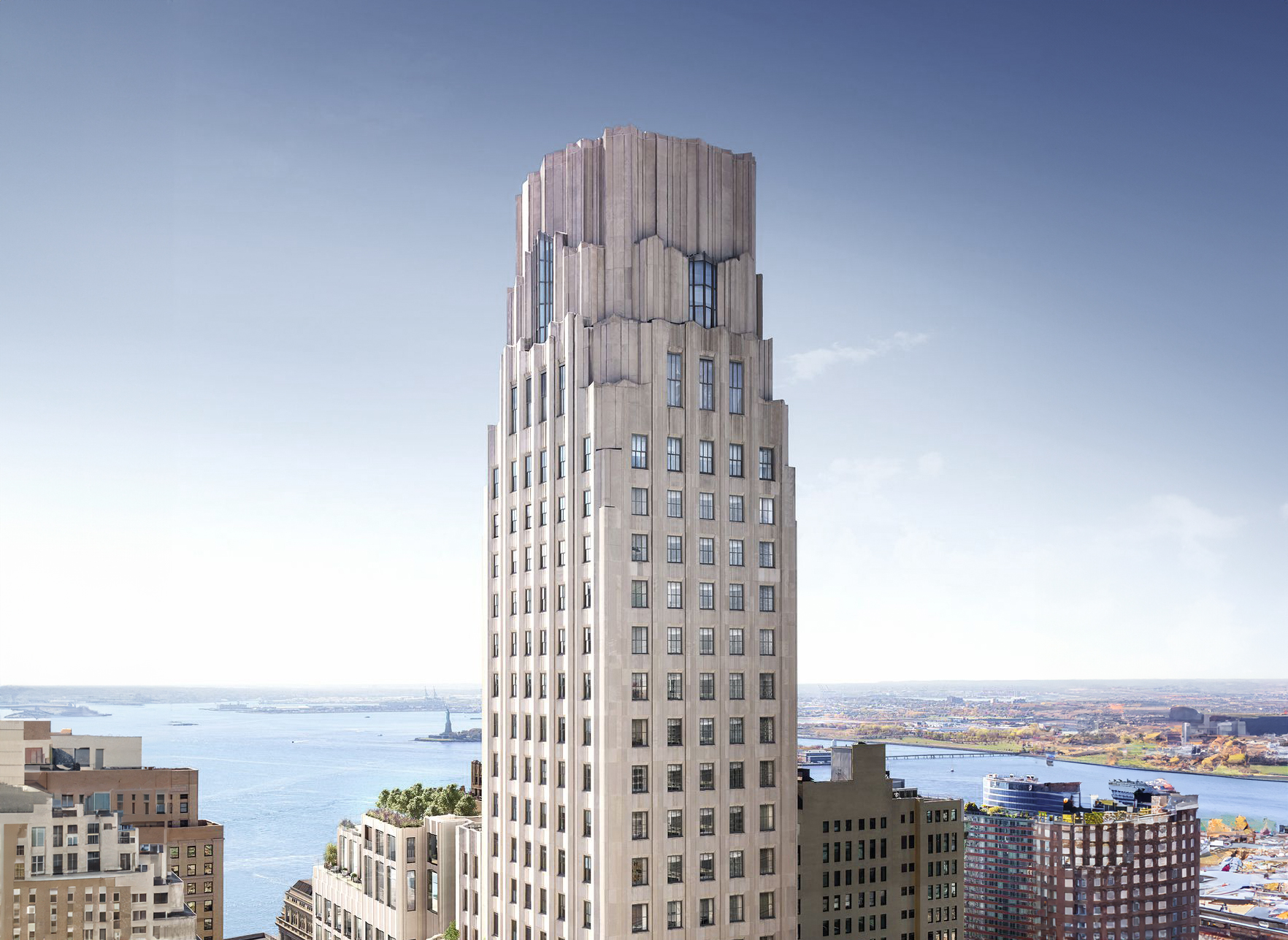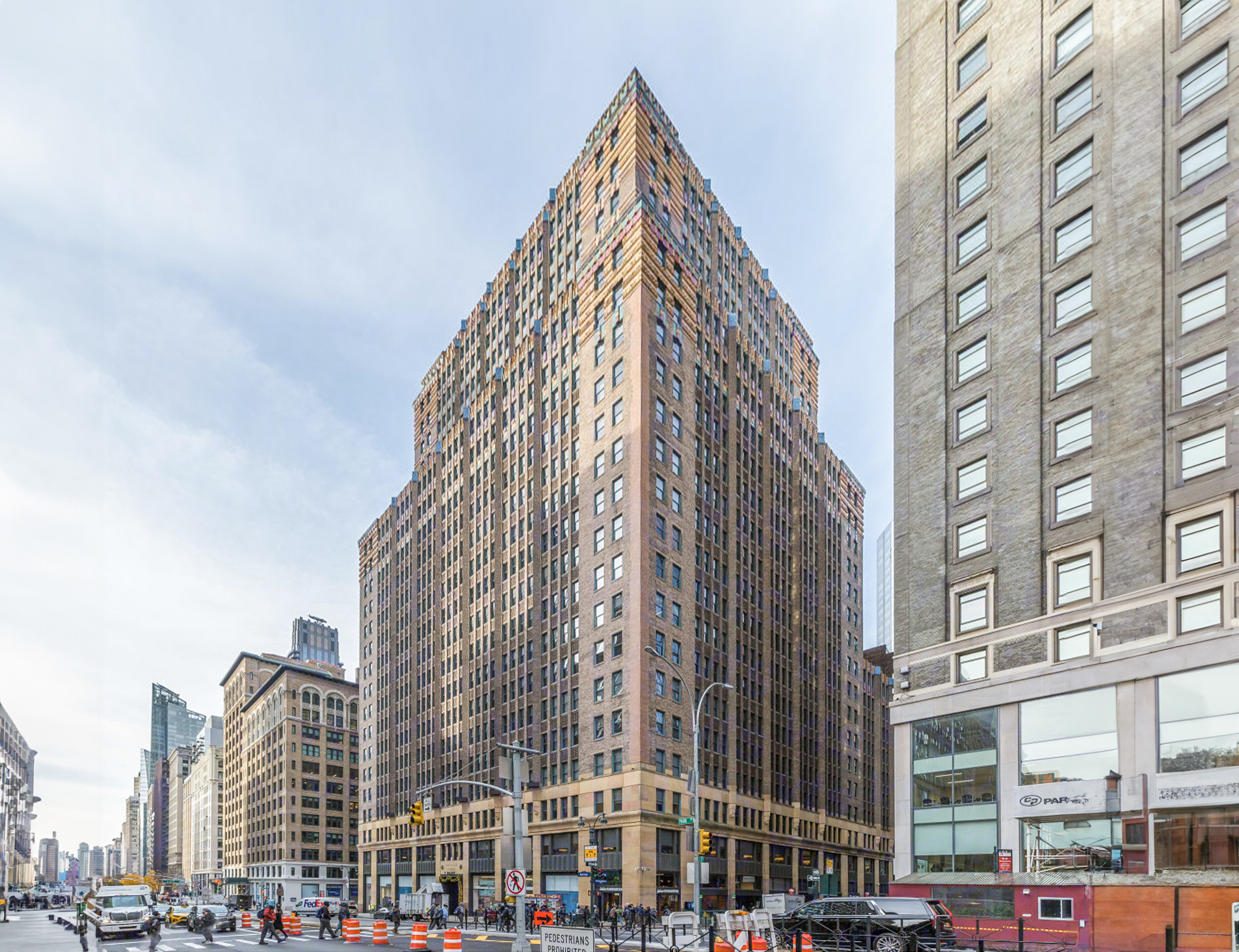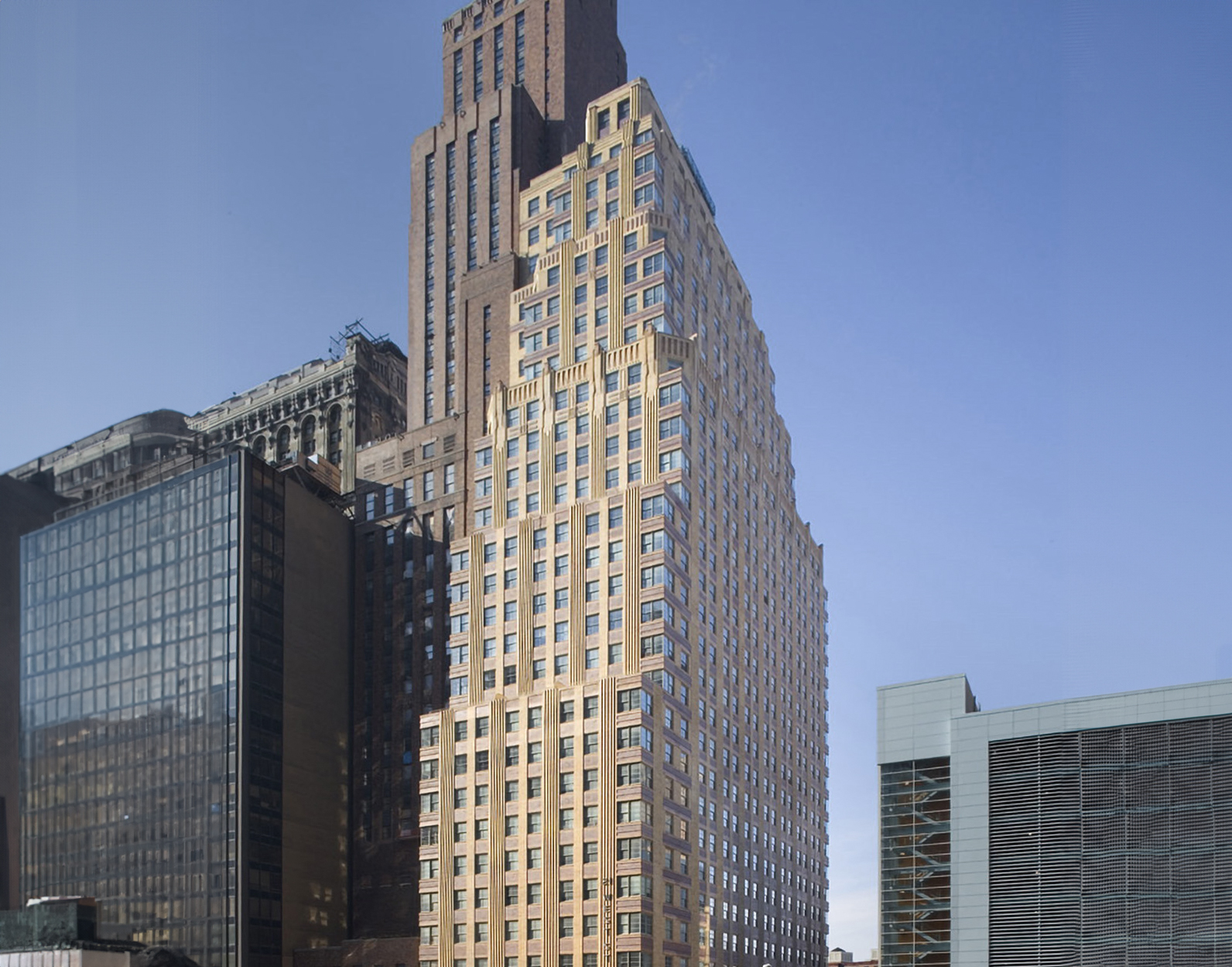The Master Apartments Building is an Art-deco skyscraper designed by Helmle, Corbett & Harrison, and built between 1928 and 1929, for a reported $1.93 million dollars, in New York, NY.
Master Apartments Building is not the only name you might know this building by though. The building is, or has also been known as Master Building.
Its precise street address is 310 Riverside Drive, New York, NY. You can also find it on the map here.
The Master Apartments Building is a structure of significant importance both for the city of New York and the United States as a nation. The building embodies the distinctive characteristic features of the time in which it was built and the Art Deco style. Because of that, the Master Apartments Building was officially declared as a national landmark on December 5th 1989, and was included in the National Register of Historic Places on February 23rd 2016.
The building has been restored 5 times over the years to ensure its conservation and adaptation to the pass of time. The main restoration works happened in 1979, 1990, 1996, 2004 and 2005.







